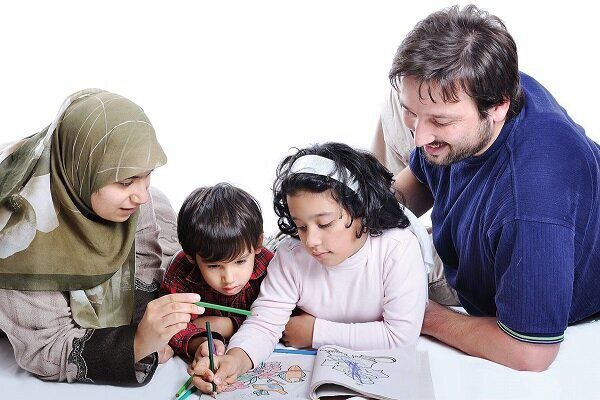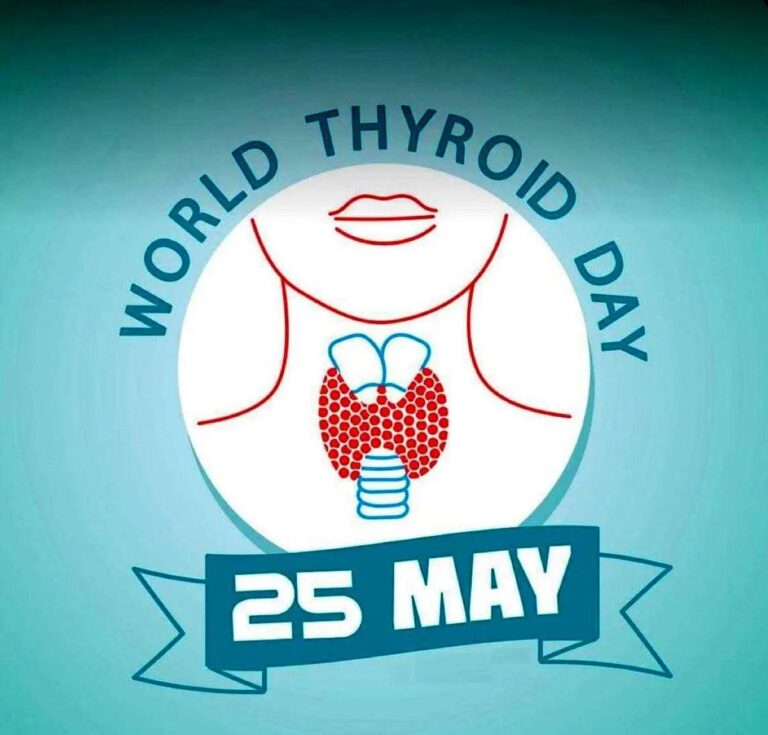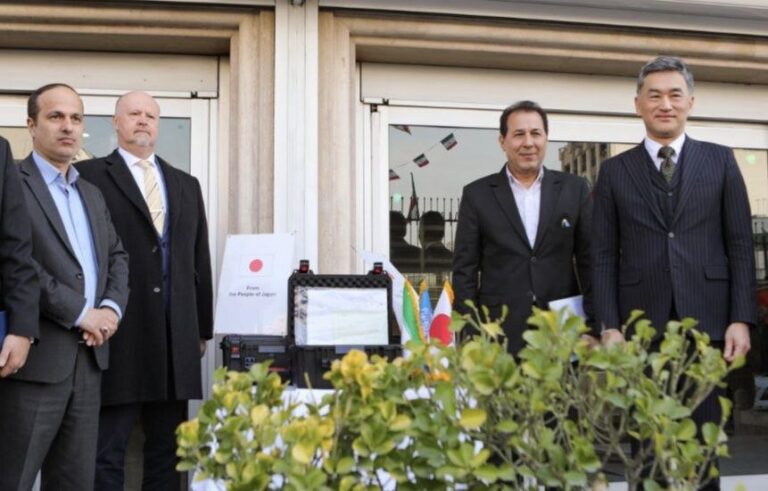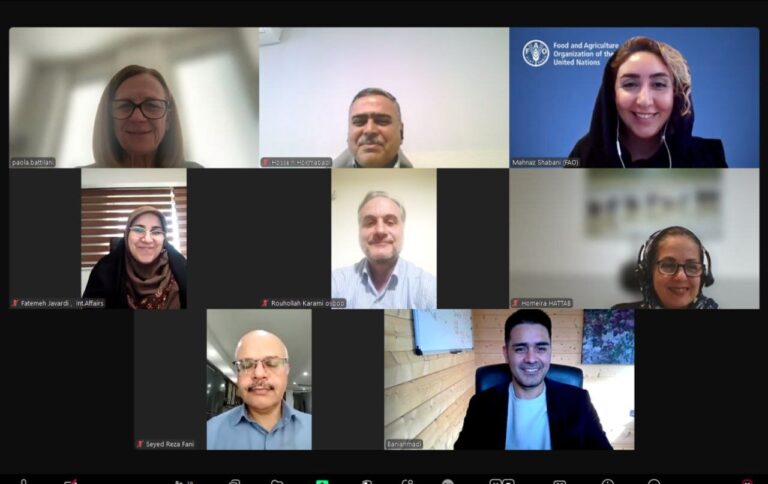Celebrate National Population Week: Insights and Events to Join the Conversation!
TEHRAN – The upcoming national population week, scheduled from May 14 to 20, aims to spotlight the vital theme of ‘children, life assets.’ This initiative emphasizes the importance of family and child-rearing in our society. Each day of the week has been designated a specific focus, allowing for a deeper conversation about various aspects of parenting and community support.
- Wednesday, May 14: ‘Father, mother, good sense of life’
- Thursday, May 15: ‘Motherhood, elixir of youth’
- Friday, May 16: ‘Desiring a child’
- Saturday, May 17: ‘My lonely child’
- Sunday, May 18: ‘I want to stay alive’
- Monday, May 19: ‘My life in old age’
- Tuesday, May 20: ‘Child-friendly society’
The recent enactment of the youth population law has played a crucial role in stabilizing the total fertility rate in Iran. After a significant decline over the past seven years, which saw a drop of approximately 20%, the fertility rate has now stabilized at around 1.6 children per woman, as reported by IRNA.
Historically, the fertility rate in Iran has faced a dramatic decrease since the Iranian calendar year 1394 (2015-2016), where the number of births plummeted from 1.570 million in 1394 to just 1.057 million in 1402 (2023-2024). However, this downward trend ceased in the Iranian calendar year 1401 (March 2022–March 2023), demonstrating the impact of recent policies aimed at encouraging larger families.
Data from the Civil Registration Organization indicates the following total fertility rates for recent years:
- 1396 (2017-2018): 2.09
- 1397 (2018-2019): 1.95
- 1398 (2019-2020): 1.74
- 1399 (2020-2021): 1.65
- 1400 (2021-2022): 1.61
Despite the initiatives and incentives introduced to promote childbearing under the youth population law, there remains a challenge in achieving the desired growth in the youth demographic. According to estimates, Iran’s population could reach approximately 102,890,000 with a total fertility rate of 2.5 in the next seven years, as stated by Mohammad-Javad Mahmoudi, an official with the Civil Registration Organization.
In May 2024, Hasan Farshidi, a representative from the health ministry, remarked that two years following the implementation of the law supporting families and youth, the ministry has played a pivotal role in its execution. “Since the implementation of the law, the number of births among mothers aged 20 to 24 has notably increased,” he asserted.
Moreover, the statistics reveal a positive trend: the percentage of mothers giving birth to three children rose from 16% in the Iranian year 1398 (March 2019-March 2020) to 18.97% in 1402 (March 2023–March 2024). Additionally, the rate of fourth births increased from 5% to approximately 7%, according to Farshidi.
In a broader demographic context, Saber Jabbari, another official with the health ministry, highlighted that individuals over 60 make up about 11.5% of Iran’s population. Notably, elderly women constitute 52.3% of this segment, indicating a demographic trend where women outnumber men (47.7%). This aging population reflects an increase in life expectancy but also signifies a shift towards an older demographic distribution, which poses significant challenges for the country.
The implications of population aging are profound. As the proportion of young people diminishes compared to the elderly, it raises concerns about the sustainability of social services, economic productivity, and overall community health. Addressing these challenges will require comprehensive strategies that prioritize family support and encourage a balanced population structure.
In conclusion, the national population week serves as a crucial reminder of the importance of children and the family unit in Iranian society, as well as the need for ongoing discussions and policies that support youth and families. By fostering a child-friendly society, Iran can work towards a more balanced demographic future.






